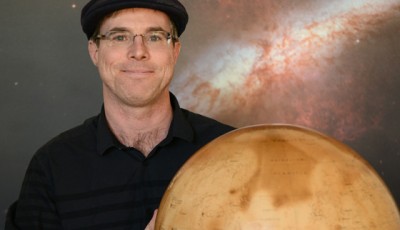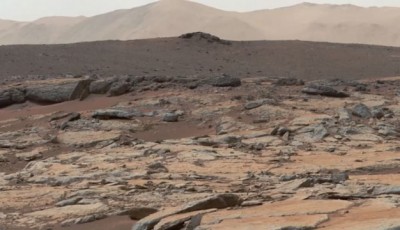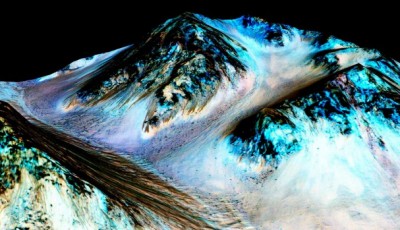Radiocarbon Dating Endangered by Air Pollution
“If we reduced fossil fuel emissions, it would be good news for radiocarbon dating”, study author Heather Graven, a physicist at the Grantham Institute of Climate Change and Environment at Imperial College London, said in a press release.
Radiocarbon dating works by measuring carbon-14, a unique, naturally radioactive version of the element that comes from the atmosphere. The technique is often used nowadays by archaeologists and historians across the world to determine the age of newly discovered objects.
Scientists raise concern that by 2100, if fossil fuel emissions relentlessly increase at the momentum they have been, the carbon variance between old and new things will be negligible as a precise method of dating. And by 2100, an object could seem the same as another object that is 2,000 or so years old. It works by comparing the amount of the carbon-14 isotope left within a sample to the amount of other carbon elements. Since fossils fuels formed millions of years ago, all of their carbon-14 levels have completely decayed. The direct effect of this is that it makes the atmosphere appear older and this in turn is reflected in the tissues of plants taking in Carbon dioxide during photosynthesis, and their products such as cottons.
For example, if scientists find an object in 2050 and use the same carbon dating, they may find that it is a thousand years older than it actually.
At the rate fossil fuel emissions are now increasing, by 2050 a new T-shirt would have the same radiocarbon date as a robe worn by William the Conqueror a thousand years earlier.
They said that reducing carbon gas emissions is still an option to save one of the most reliable and useful research technique in science.
Carbon dating may suffer drastically if pollution levels continue to rise, and the reason revolves around fossil fuel emissions.
This is just another item in the list of problems caused by Carbon dioxide emissions.
But one can always hope it will.












